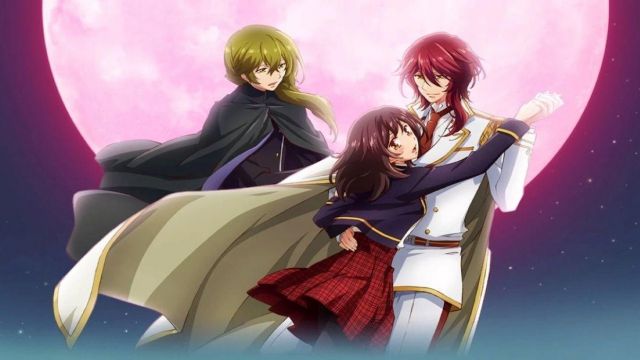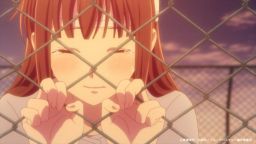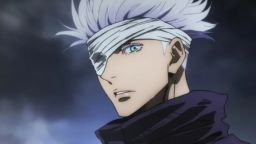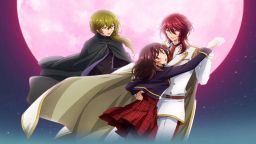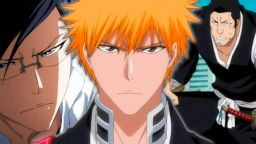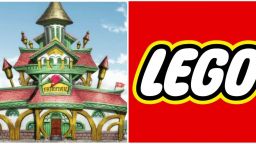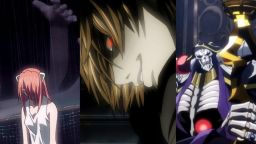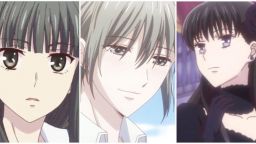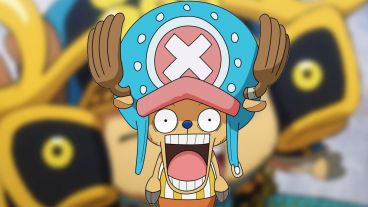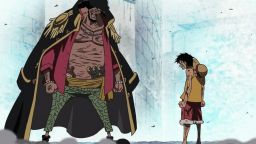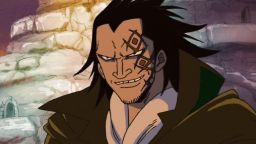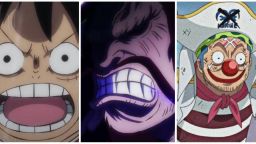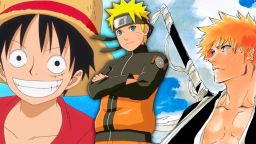While many anime fans love Demon Slayer for its thrilling action, fun characters and emotional story, its historical setting truly makes it unique. Set in the Taisho period, Demon Slayer intertwines supernatural lore with the magic and unease of cultural and technological shifts due to heightened Westernization and industrialization. Outside a few select series, including Taisho Otome Fairytale and Inuyasha, there are unfortunately a limited number of anime set in historical Japan as opposed to more modern or other historical settings.
Often overlooked, Meiji Tokyo Renka may be a guilty pleasure reverse harem series but it captures the spirit of the Meiji era. One of several adaptations from an otome game of the same name, the anime follows high school student Mei Ayazuki who is ostracized for her ability to see and talk to ghosts. After attending a magic show, Mei is whisked away to the Meiji era, where she meets a variety of colorful men vying for her attention.
A Glimpse at the Elegance and Magic of the Meiji Era

Just as Demon Slayer highlights the shift between traditional Japanese culture and Westernization during the Taisho period, Meiji Tokyo Renka shows off the elegance of the period before. The Meiji era sparked Japan's transition from being an isolated feudal society to a nation open to Western influence. This was a time of great cultural change in all aspects of society, from politics to science and technology and even fashion and architectural design. The mingling of culture evident in Demon Slayer's Taisho setting is rooted in the rapid modernization that began in the Meiji era.
When Mei is first transported to the Meiji era in the first episode of Meiji Tokyo Renka, she is met by a handsome stranger garbed in a white military coat complete with a cape and epaulets. He then takes her with him and his companion to a ball filled with gentlemen in suits and women in gowns. The extravagant festivities in celebration of the crown prince of Russia's visit -- as well as the elegant fashion -- are indicative of the Western influence and foreign relationships that blossomed in Japan during the Meiji era.
Meiji Tokyo Renka Features Historical Figures Galore

While many otome and shojo fans will be transfixed by the colorful cast of handsome men, these characters are more than just love interests. Each of the male characters have profound historical significance, as they are none other than famous literary, theatrical, artistic and scientific figures from Japan's Meiji era, some of whom are also portrayed in Bungo Stray Dogs. After Mei returns to her own time, she realizes the friends she had made were these important figures, appreciating the memories she made with them as well as their legacy.
During her visit in Meiji-era Tokyo, Mei first meets Japanese Army Surgeon and novelist Ogai Mori and painter Hishida Shunso, staying with them and helping them recover from their internal struggles. She also meets Koizumi Yakumo, who was responsible for carrying Japanese culture and literature to the West. His flamboyant personality and penchant for English phrases, while adding comedic relief, also reflects his historical role. Other historical characters include actor Otojiro Kawakami, novelist Kyoka Izumi and Tosuke Iwasaki. The latter is meant to represent Momosuke Fukuzawa, who first introduced hydroelectric power to Japan.
Traditional Culture Meets Modernization in Meiji Tokyo Renka

Though the rapid change and modernization of the Meiji era is present in Meiji Tokyo Renka, it is faithful to the dichotomy of cultures. Just as with Demon Slayer, the traditional culture of Japan is juxtaposed against Western influences. The first and perhaps most remarkable example of this occurs in the second episode, when Mei is seen in a yukata standing on the balcony of a Western-style mansion. However, after she returns inside, viewers may feel they've been transported back to a more traditional aesthetic, as the interior is decorated with shoji walls and tatami flooring.
As Mei adjusts to her life in Meiji-era Tokyo, she also experiences more of the period's fashion sense. While those at the ball were regally clothed in Western-style gowns, the people she meets around town wear kimonos -- often with the addition of Western-style accessories such as scarves, overcoats or caps. There are also characters who wear suits or Western-style blouses and skirts, providing further representation of the mix of cultures during this time period.
As a reverse harem, Meiji Tokyo Renka appeals mostly to otome, shojo and romance fans who particularly enjoy a dynamic cast of handsome men. Though it may feel like a guilty pleasure anime to some with its cheesy romance and archetypal love interests, it elegantly portrays the spirit of Japan's Meiji era, a historical setting that is unfortunately rarely used in anime. While it may not have the action or thrill of Demon Slayer, Meiji Tokyo Renka is definitely worth the watch for those interested in Japanese history.
